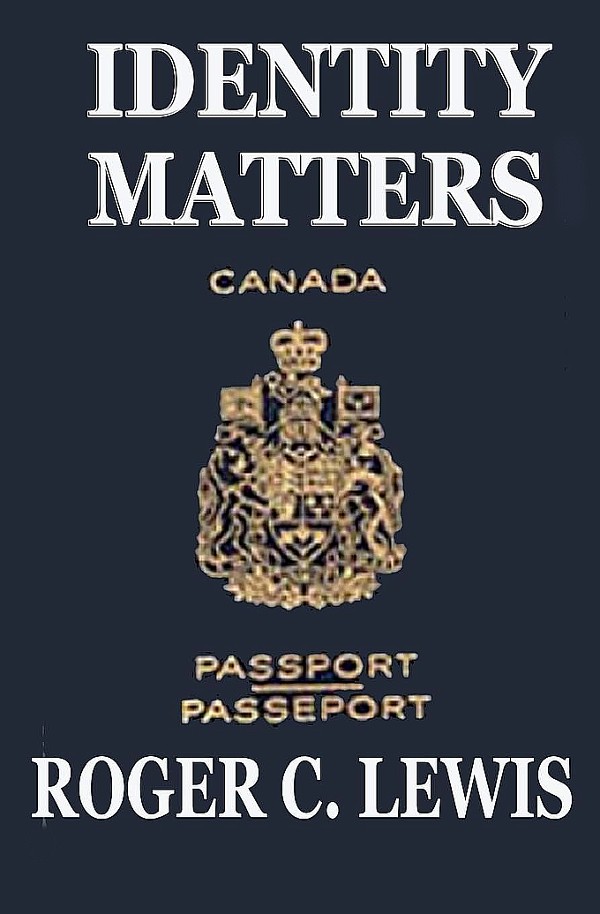Home, sweet home !
We arrived back in Paradise last night at 12:30 am (Monday). It proved to be a three day return trip. On Friday, Andrew escorted us down from Rossland to Grand Forks. Afterwards, we were on our own, until we returned the car rental at the Kelowna airport on Saturday morning.

The flight to Toronto was scheduled for midnight. Unfortunately, the flight was delayed. This meant that we did not make our connecting flight to Halifax. We arrived back in Halifax around 6 pm Sunday. It was snowing, and the roads were slick. The road conditions improved as we headed west beyond Windsor to exit #19 Lawrencetown.
Lessons
Andrew had made the travel arrangements. Talking, and watching other passengers, those with cell phones seemed able to reschedule, ‘on the fly’. Could we have obtained an earlier flight to Halifax?
If passengers can use their cell phones to intervene without going through an agent at the airport does that result in a two tier system — those of us who are cell-phone-savvy versus those who need the intervention of an agent?
I don’t know the answer. I DO know that there is a generation of ‘seniors’ who have not grown up with the technology of the day.

Fortunately, I was in the company of the book by Roger Lewis’ ‘Identity Matters’. I will write a separate book review, once we have our lifestyle back to normal.
What is salient about Roger is that he has spent time teaching English Literature at Acadia University. He now lives in the Slocan Valley, BC.
His collection of short stories cover both geographies.
For now, from the cover, I will only quote Canadian thinker, Northrop Frye who declared ‘that the real question defining Canadian identity is not‘ what are we?’ But ‘where is here?’ Lewis explores both questions.
Acknowledgements
I appreciate the support of both my BC families: Laurel and Nic in Port Moody; Andrew and Julia in Rossland. They provided remarkable insight into the two BC geographies. Heather shared with me the two, very different landscapes and cultures. Edward added the illustrations and links.
Reference
Roger C, Lewis, 2017, Identity Matters, Custom Book Publications.


















